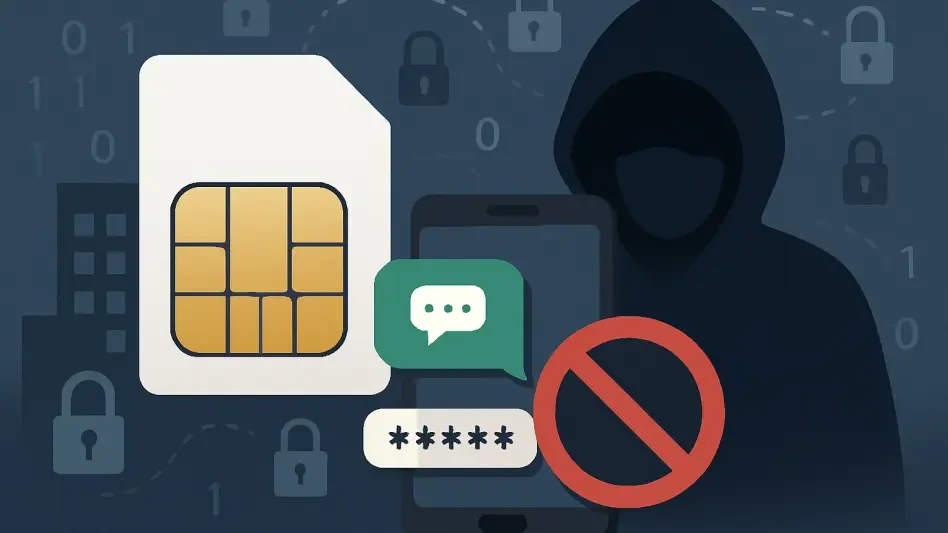In a landmark case that has captured the attention of the cybersecurity and legal communities, the resentencing of a former Amazon Web Services engineer involved in one of the largest data breaches in history raises profound questions about justice in the digital age, particularly in how we balance punishment with rehabilitation. Over 100 million individuals had their personal information exposed in the 2019 Capital One breach, an event that underscored the vulnerabilities in modern financial systems. Recently, U.S. District Judge Robert Lasnik reimposed a sentence of time served for Paige Thompson, coupled with five years of supervised release, including three years of home confinement, 250 hours of community service, and a staggering $40.7 million restitution order. This decision, following a Ninth Circuit Court of Appeals ruling that deemed the initial 2022 sentence too lenient, has sparked renewed debate over how to balance punishment with rehabilitation in cybercrime cases. The nuances of this ruling offer a glimpse into the evolving landscape of legal responses to digital offenses.
Judicial Reasoning Behind the Sentencing
Balancing Punishment and Personal Circumstances
The resentencing decision by Judge Lasnik reflects a careful consideration of both the severity of the crime and the unique personal circumstances surrounding Thompson. The breach, which impacted 106 million Americans and resulted in over $40 million in damages, was undeniably serious. However, the court noted that Thompson’s actions were not driven by a calculated intent to cause harm but rather occurred during a period of unemployment and severe depression. Factors such as mental health struggles, challenges related to gender transition, and a demonstrated acceptance of responsibility played a significant role in the downward departure from the federal sentencing guidelines of 135-168 months. Additionally, concerns about the adequacy of medical care for transgender inmates in federal prisons under current policies further justified avoiding a custodial sentence. This approach highlights a judicial preference for tailoring punishment to the individual rather than adhering strictly to punitive measures.
Emphasis on Rehabilitation Over Incarceration
Beyond the immediate factors of the case, Judge Lasnik’s ruling emphasized rehabilitation as a core objective of the sentencing process. The court acknowledged shortcomings in the articulation of the original sentence but maintained that imprisonment would be excessive given Thompson’s compliance during probation, albeit imperfect, and lack of reoffending in the years following the initial sentencing. Notably, Thompson did not attempt to monetize the stolen data and even made efforts to alert someone who could notify Capital One of the breach. These actions, combined with the significant financial burden of the restitution order, were seen as sufficient to address the seriousness of the offense while promoting respect for the law. The decision to opt for supervised release and home confinement over prison time underscores a belief that non-custodial measures can effectively deter future misconduct by Thompson and protect the public, without the need for harsher penalties.
Broader Implications for Cybercrime Sentencing
Prosecutorial Push for Deterrence
Contrasting with the court’s perspective, prosecutors advocated for a more severe penalty, arguing that an 84-month prison term was necessary to establish general deterrence against similar cybercrimes. Their stance reflects a broader concern within the legal system about the rising prevalence of data breaches and the need to send a strong message to potential offenders. The prosecution contended that home confinement and supervised release fail to adequately signal the consequences of such actions to the wider community, potentially emboldening others to exploit digital vulnerabilities. This viewpoint was reinforced by the Ninth Circuit’s earlier criticism of a purely probationary sentence as insufficient in meeting deterrence goals. The tension between individual justice and societal protection remains a central issue, as prosecutors prioritize setting a precedent that could influence future cybercrime cases over accommodating personal mitigating factors.
Shifting Trends Toward Individualized Justice
Despite the prosecution’s arguments, the resentencing of Thompson signals a growing trend toward individualized justice in complex cybercrime cases. The court’s detailed reasoning leaned heavily on the defendant’s remorse, lack of ongoing threat, and personal struggles, suggesting that rehabilitation can take precedence over harsh punishment in certain contexts. This approach acknowledges that not all cybercriminals fit the same mold, and a one-size-fits-all sentencing model may not serve the interests of justice. The substantial restitution order, likely to keep Thompson in economic hardship for decades, further acts as a punitive measure while avoiding the pitfalls of incarceration. This case illustrates a judicial willingness to navigate the delicate balance between addressing the societal impact of digital crimes and considering the specific circumstances of the offender, potentially setting a benchmark for how similar cases are handled in the future.








